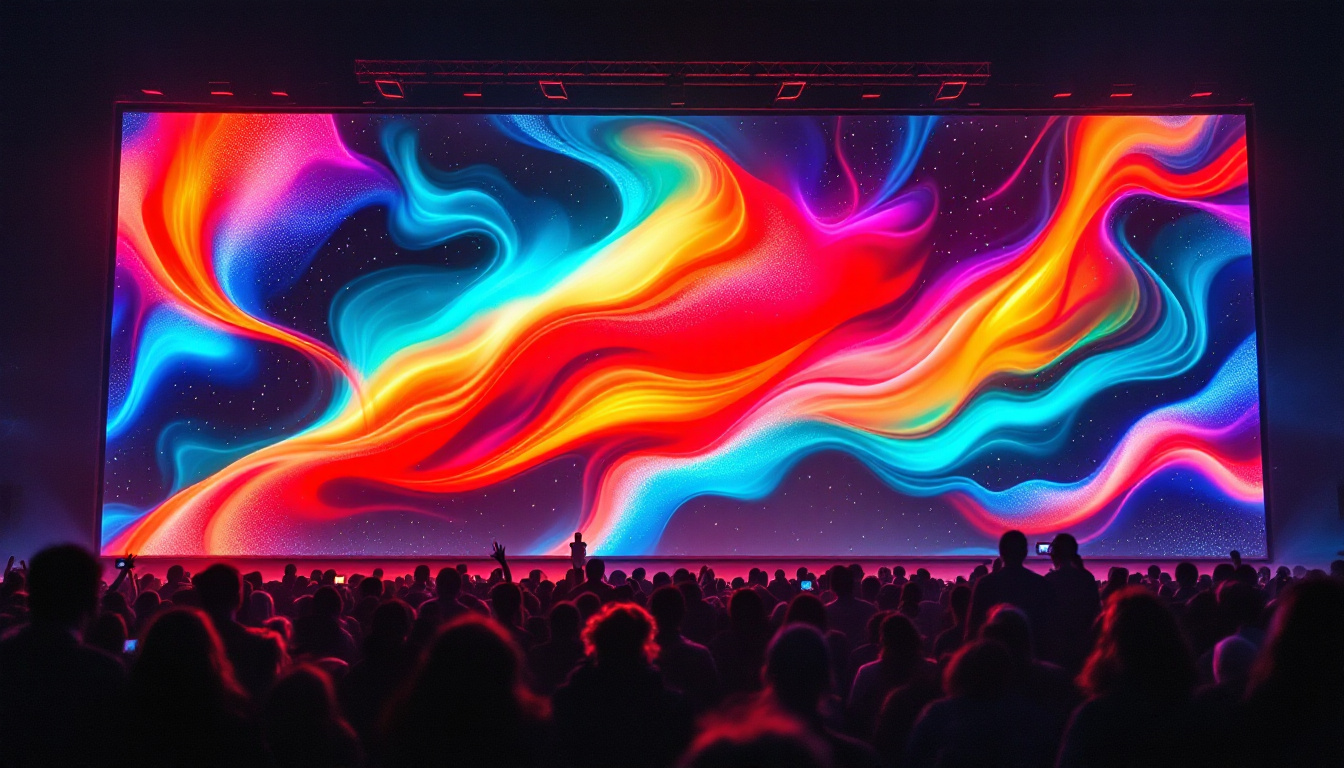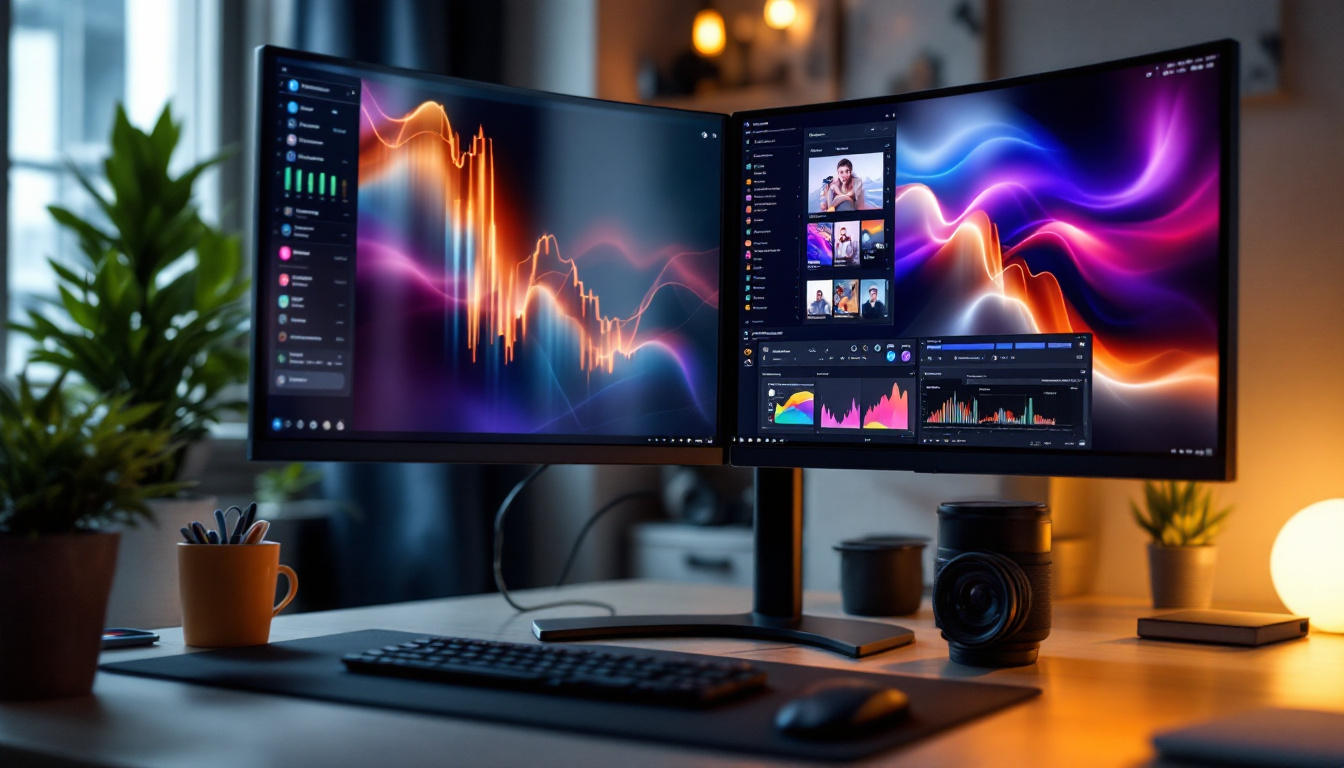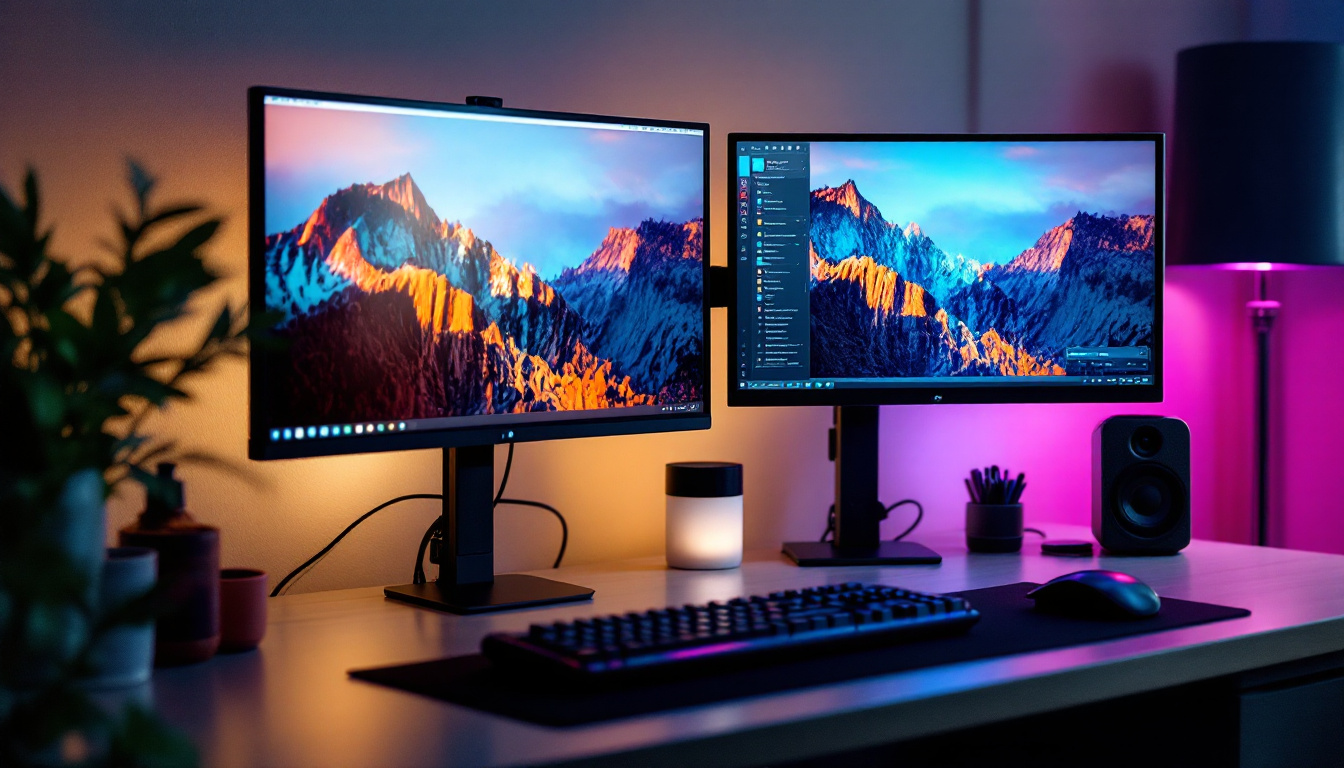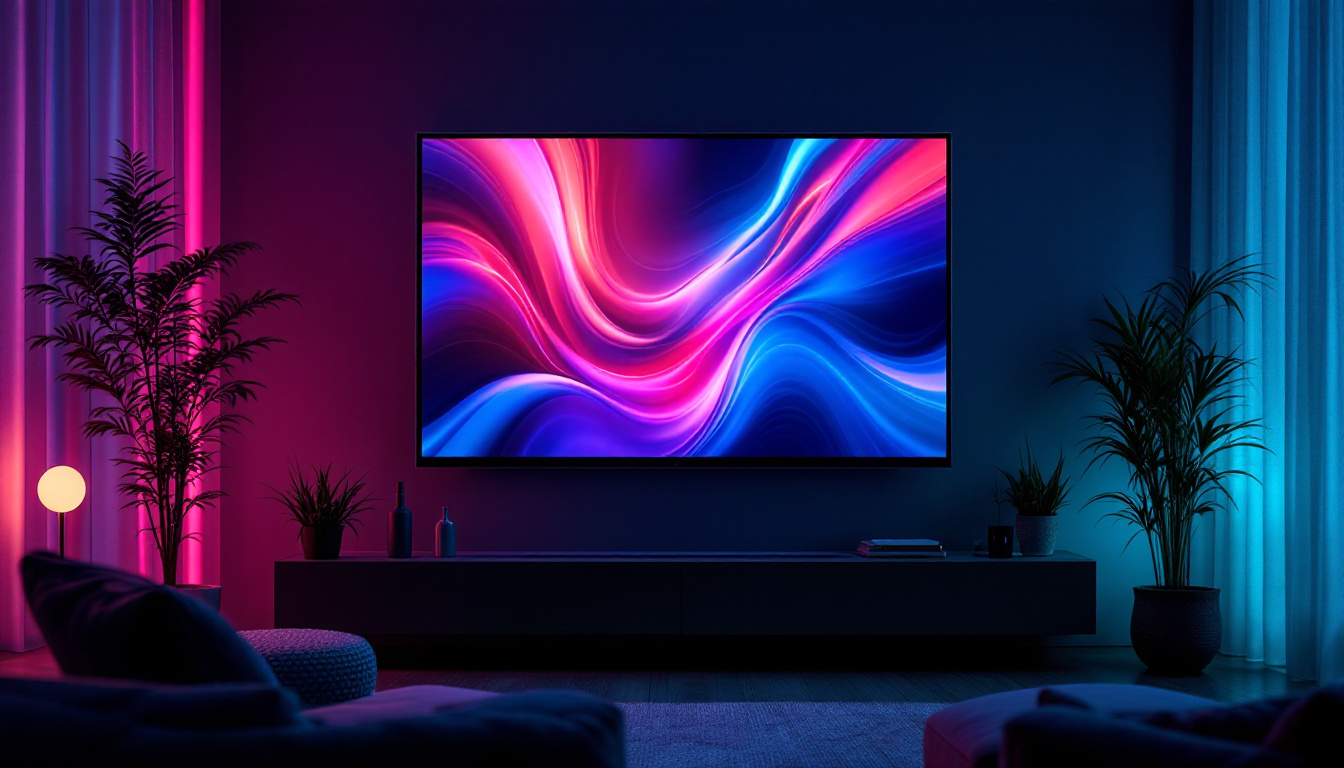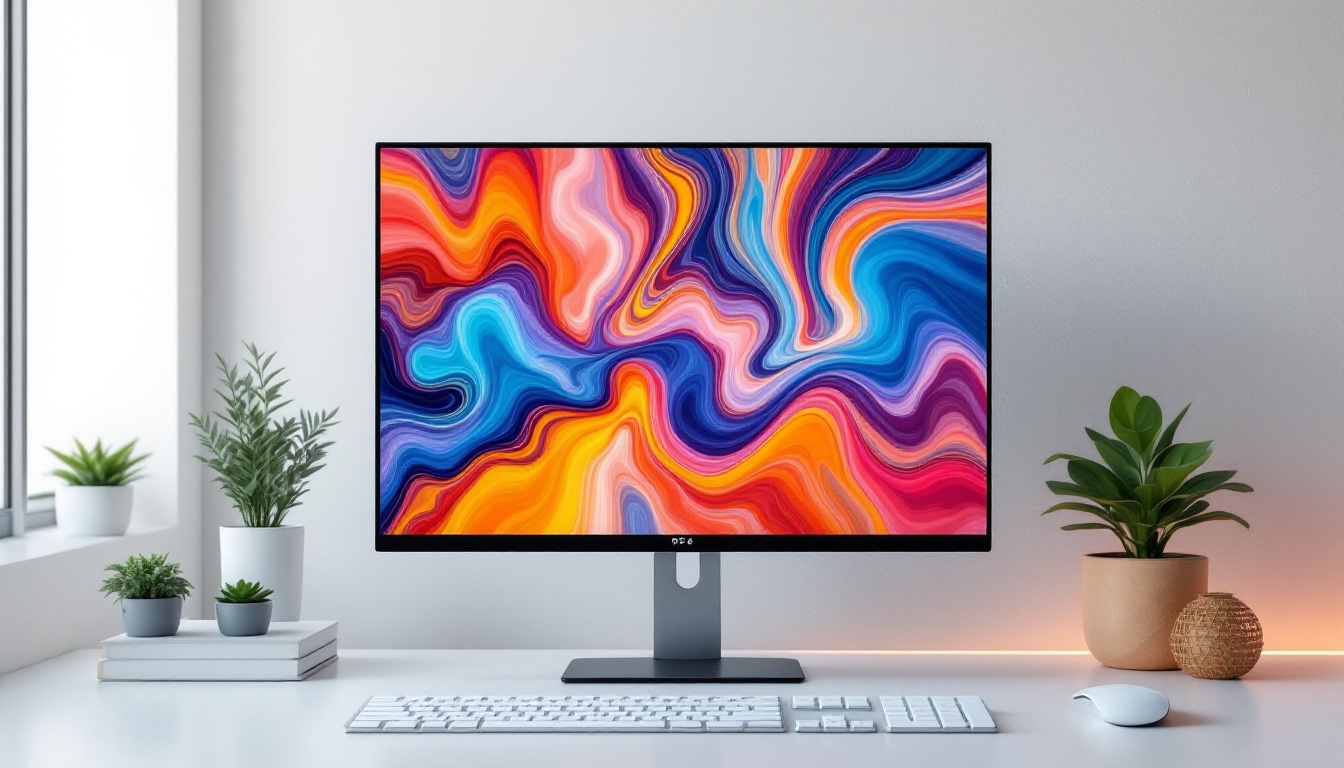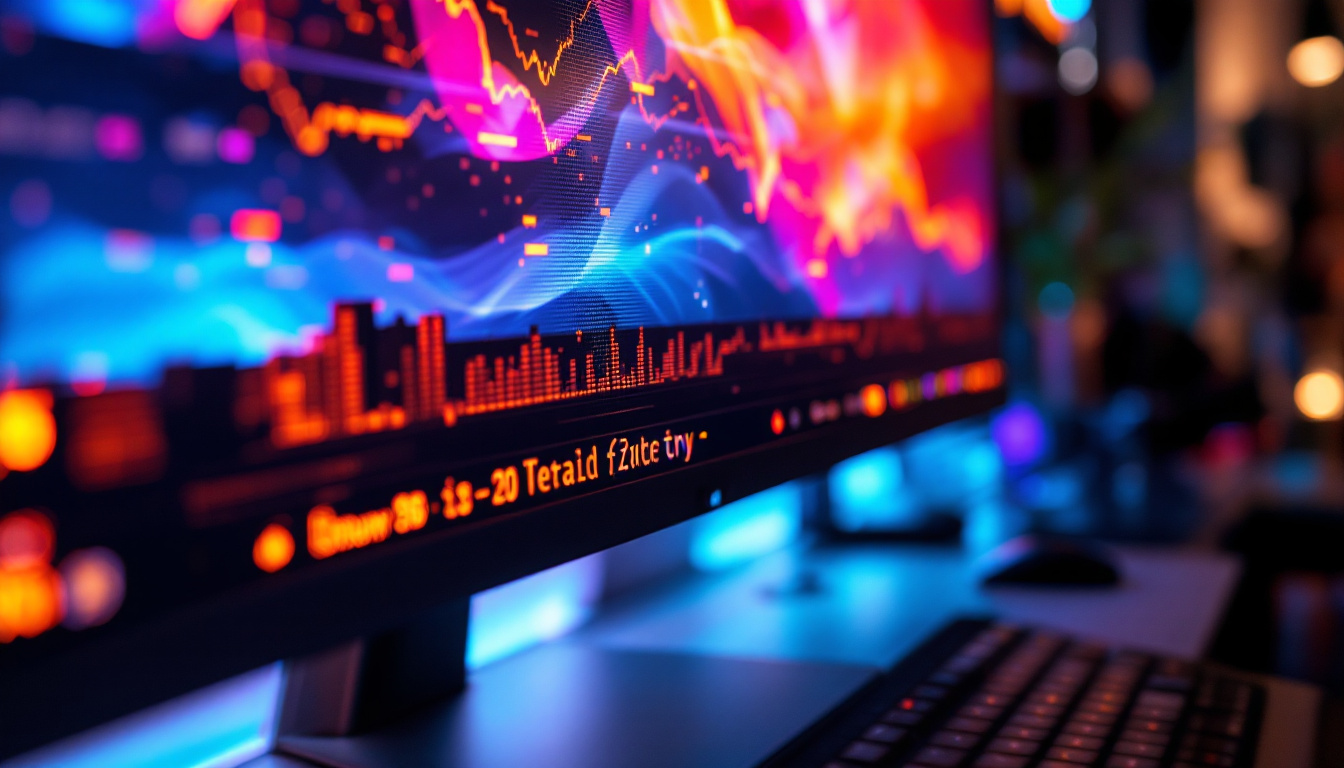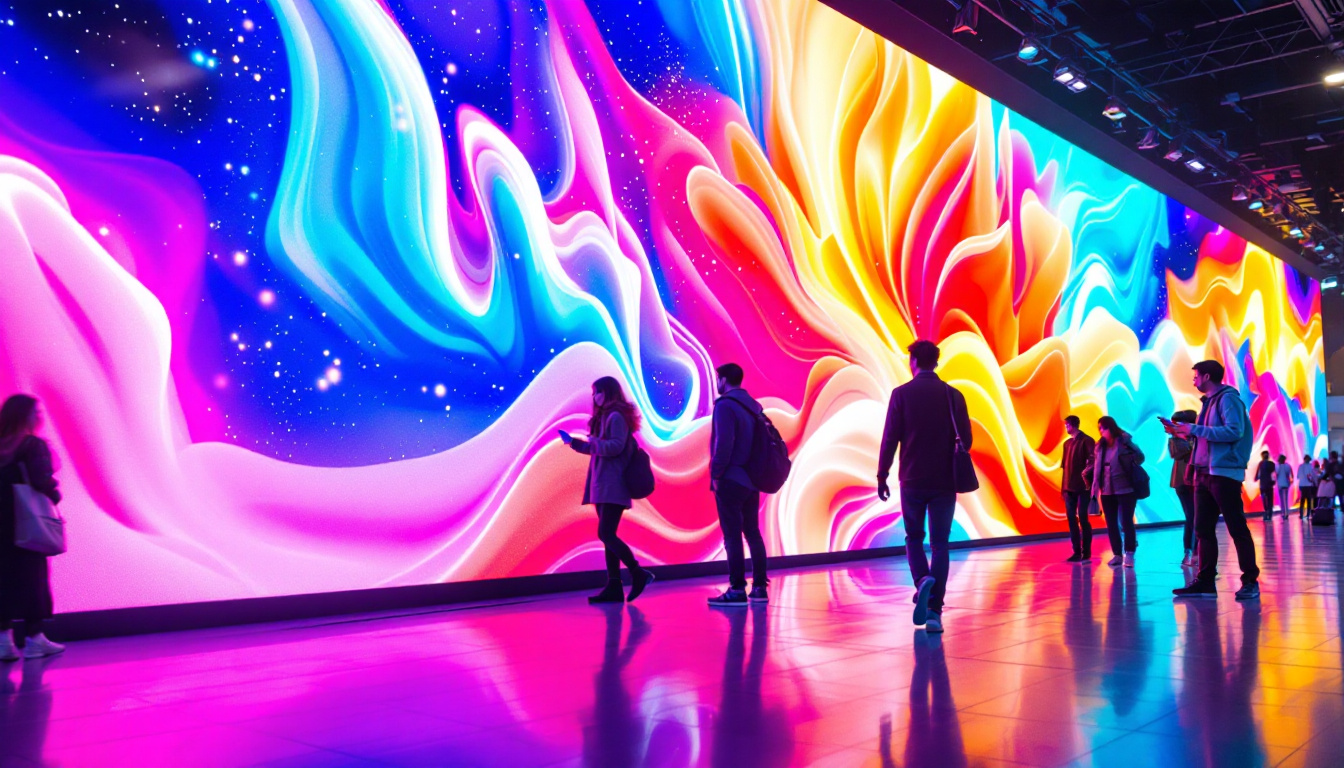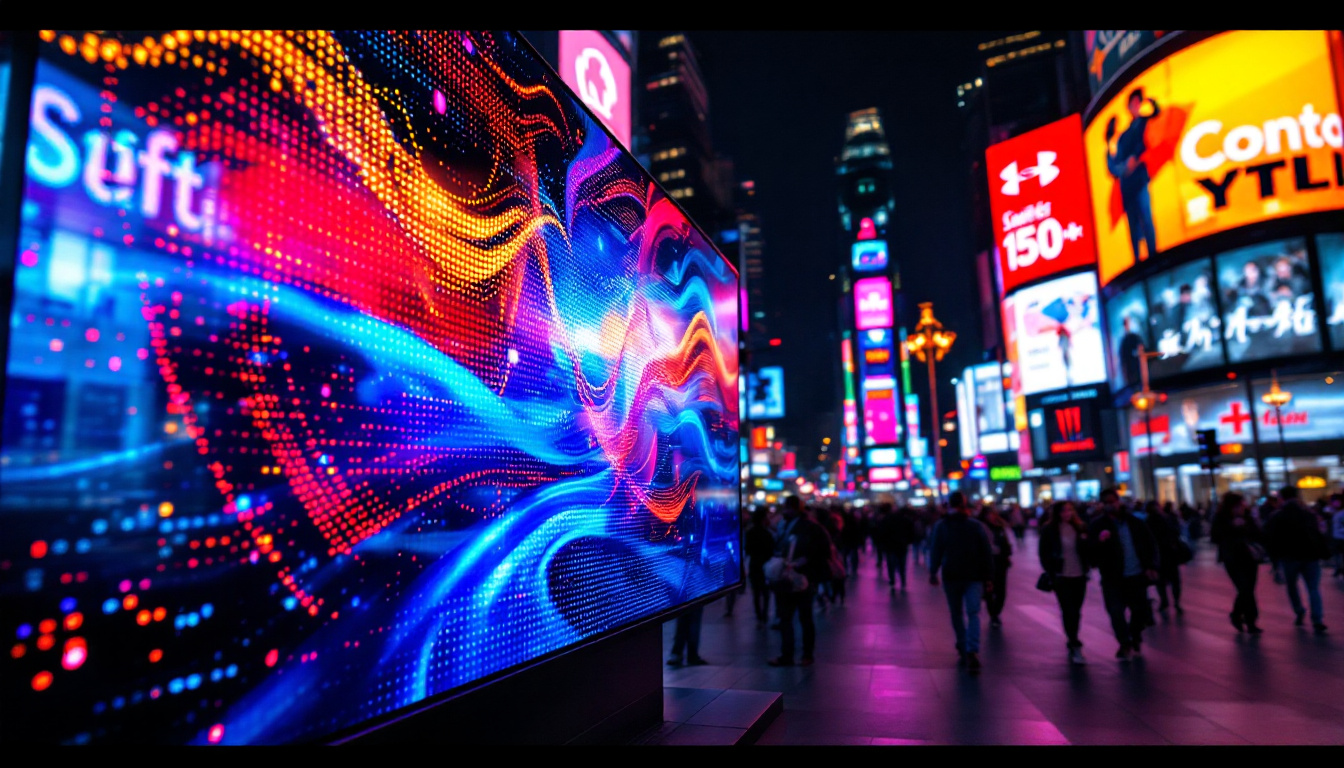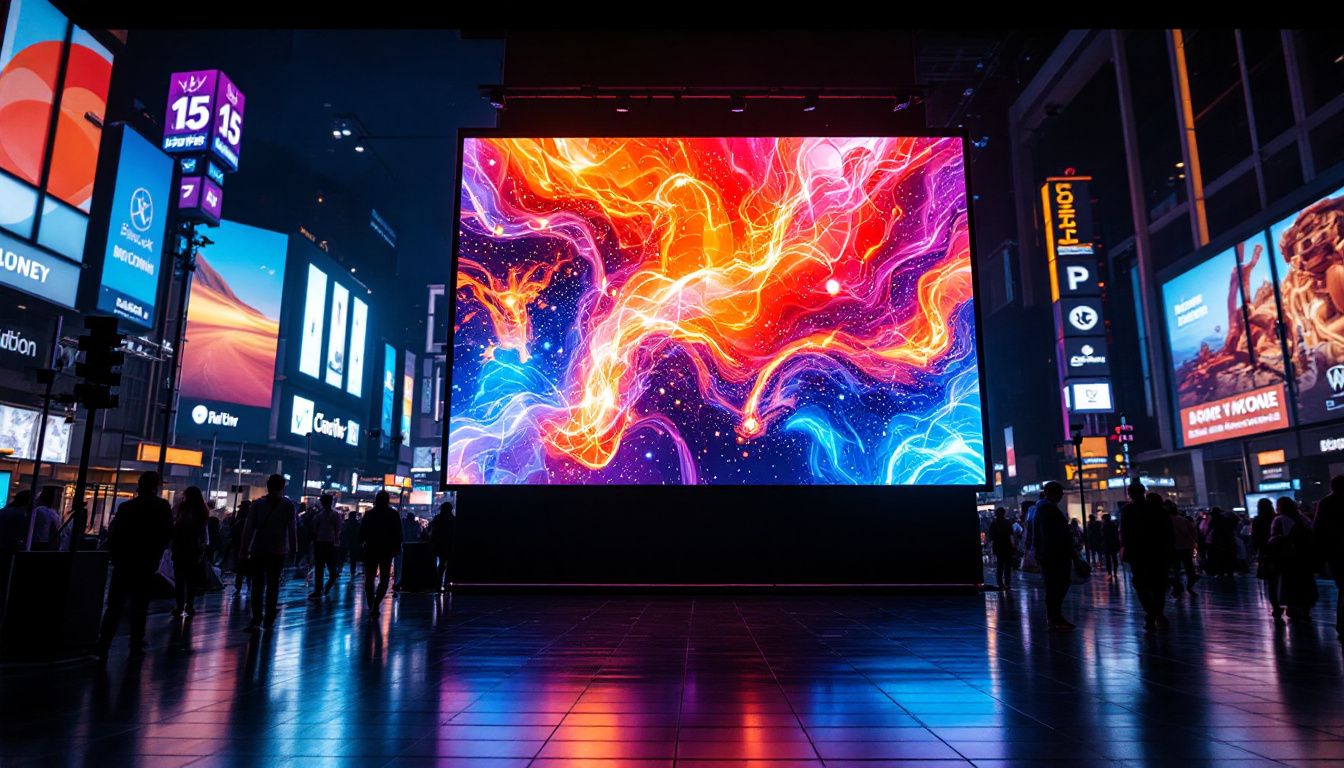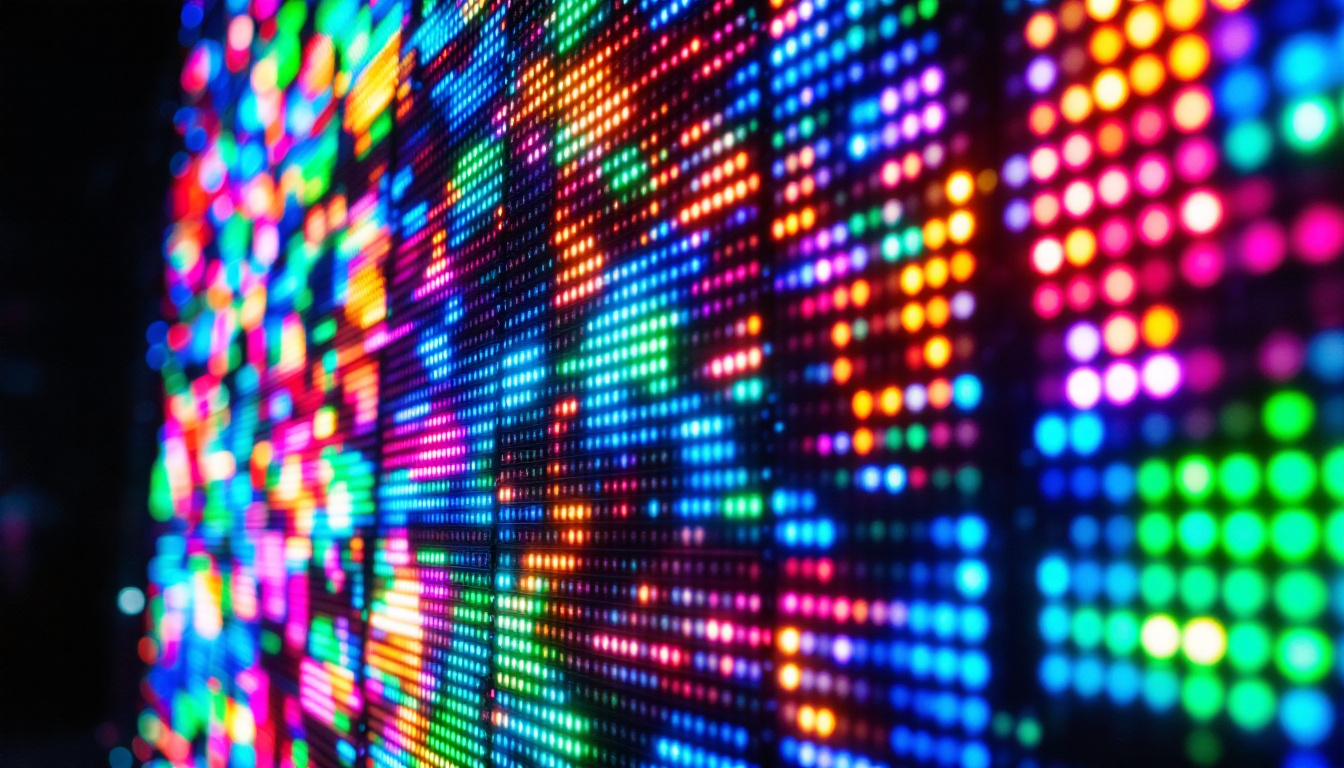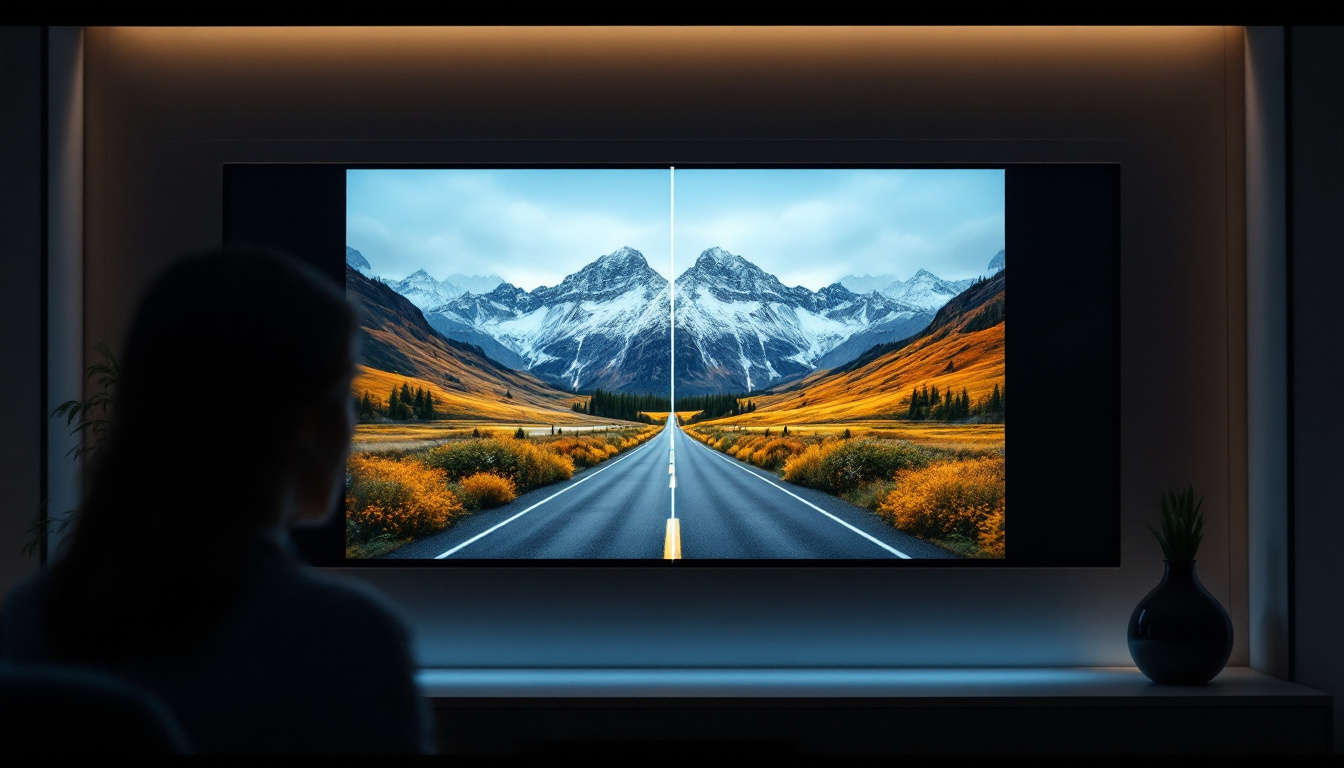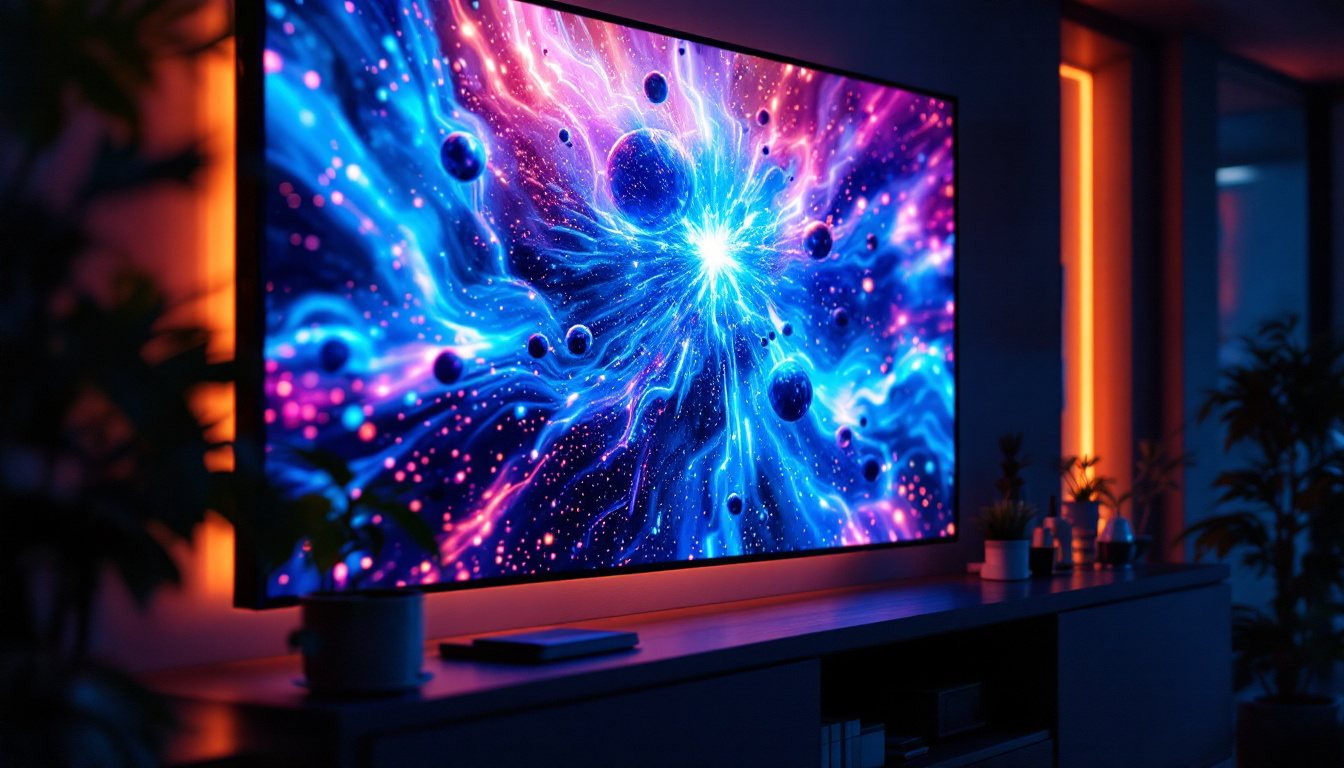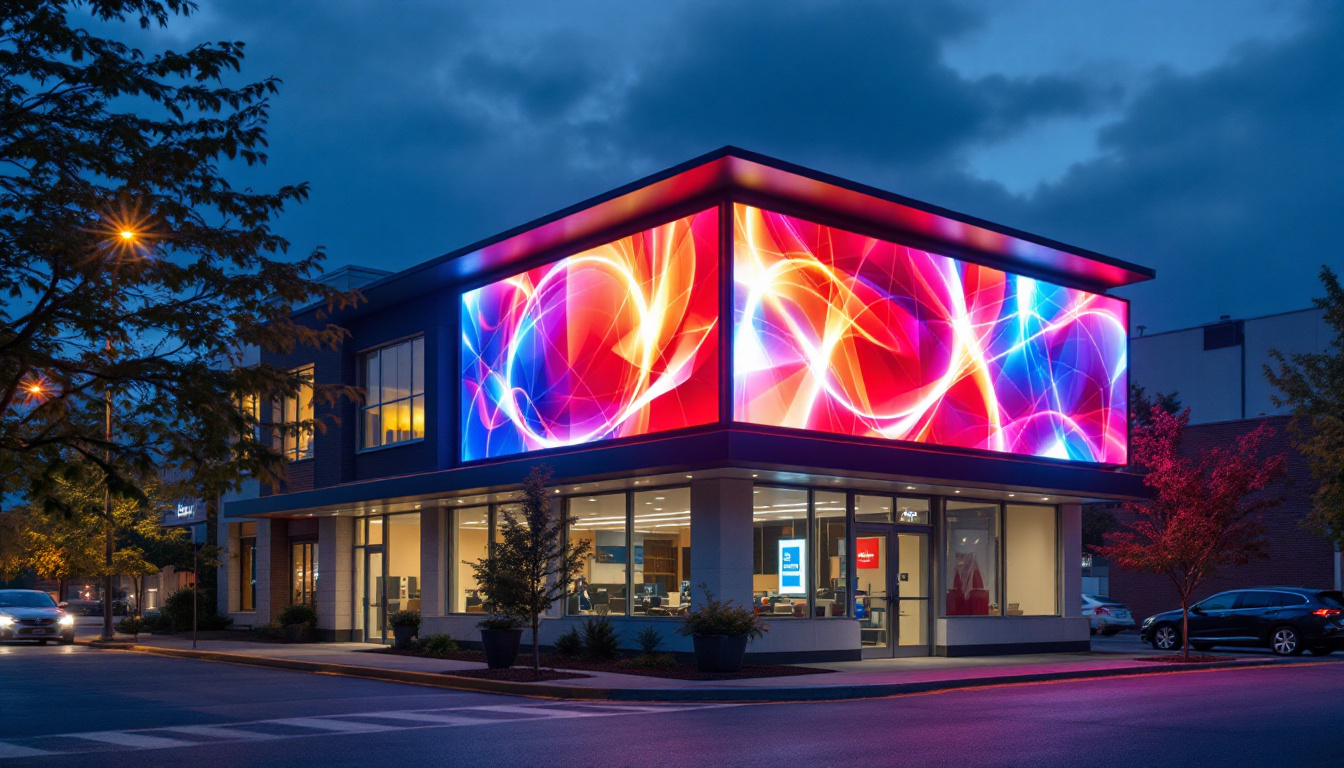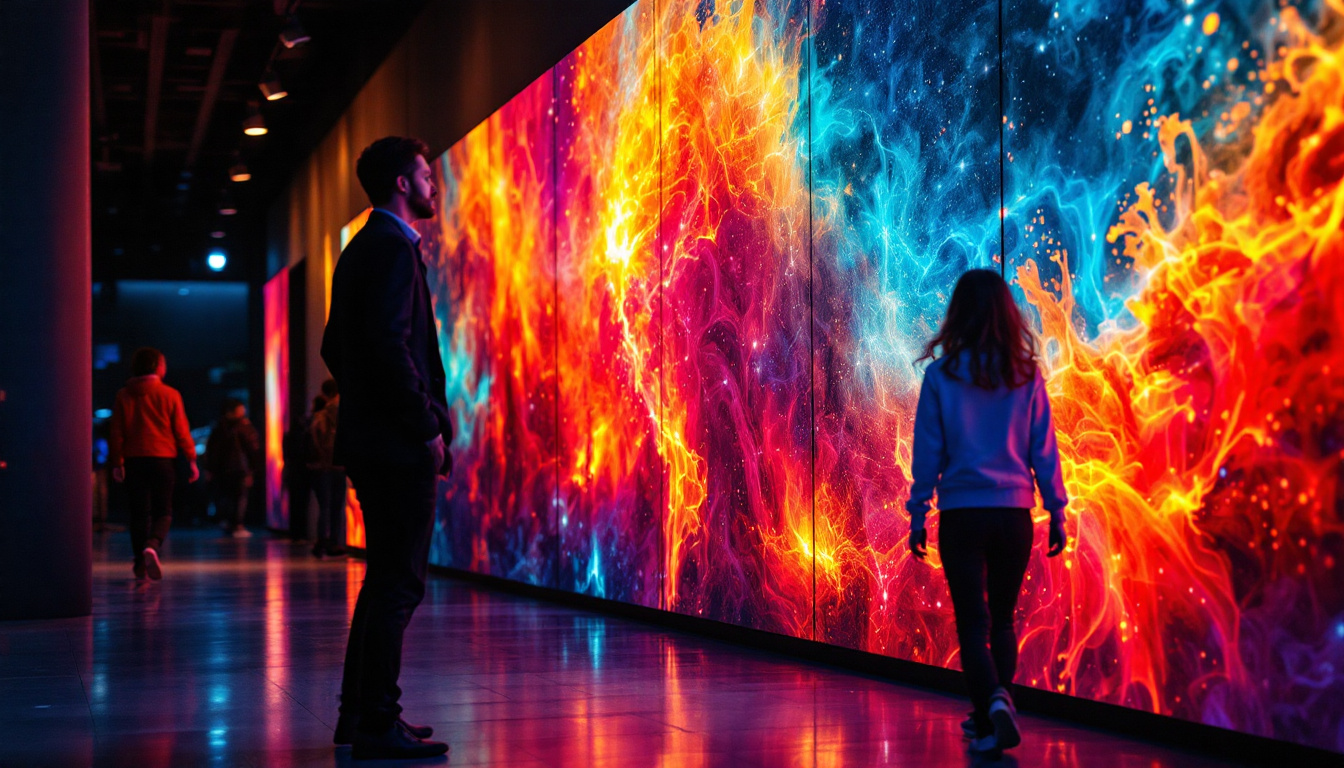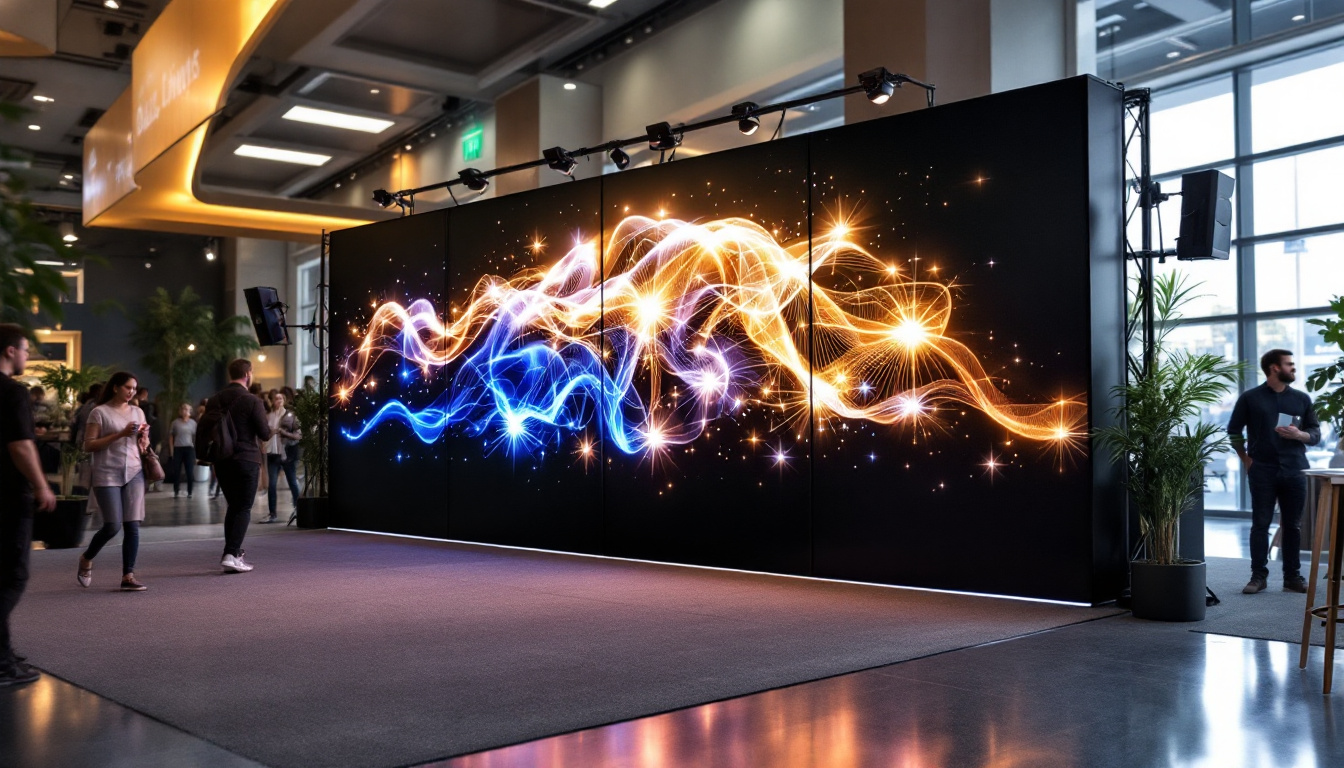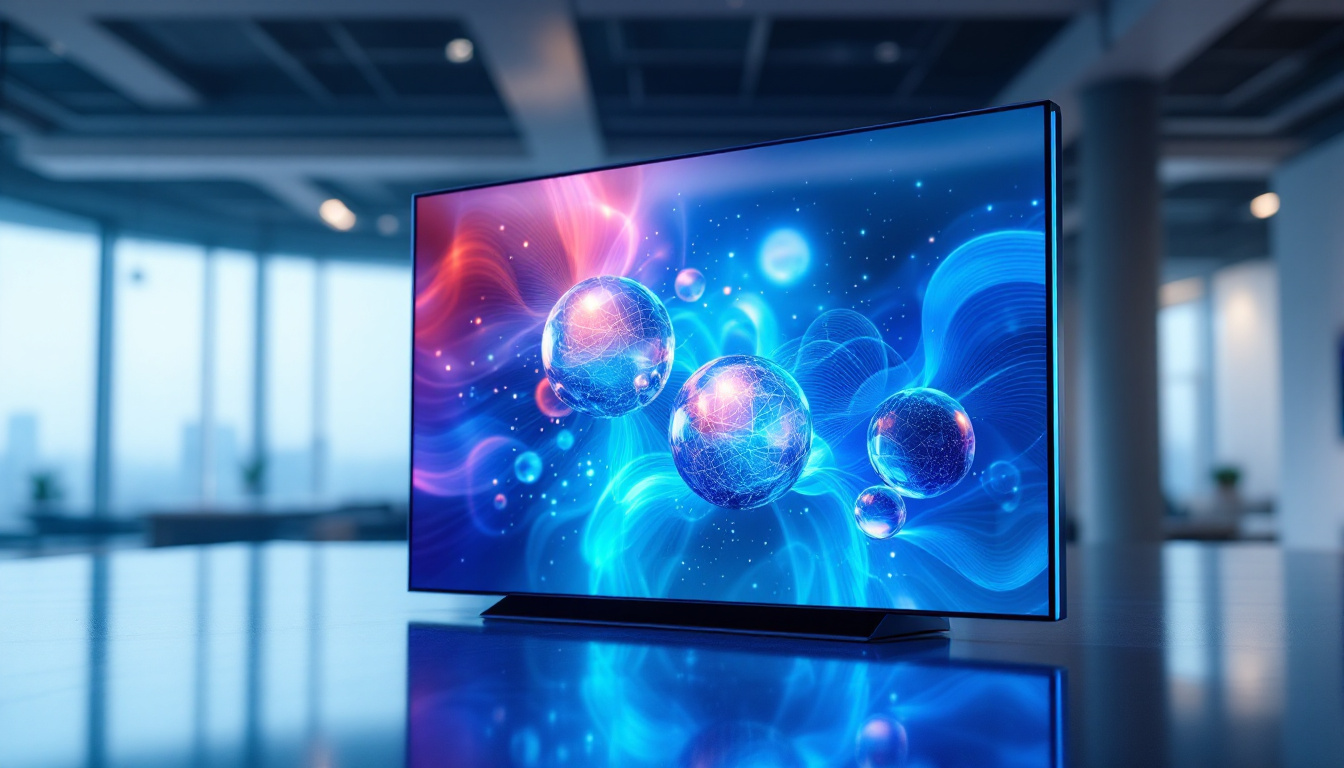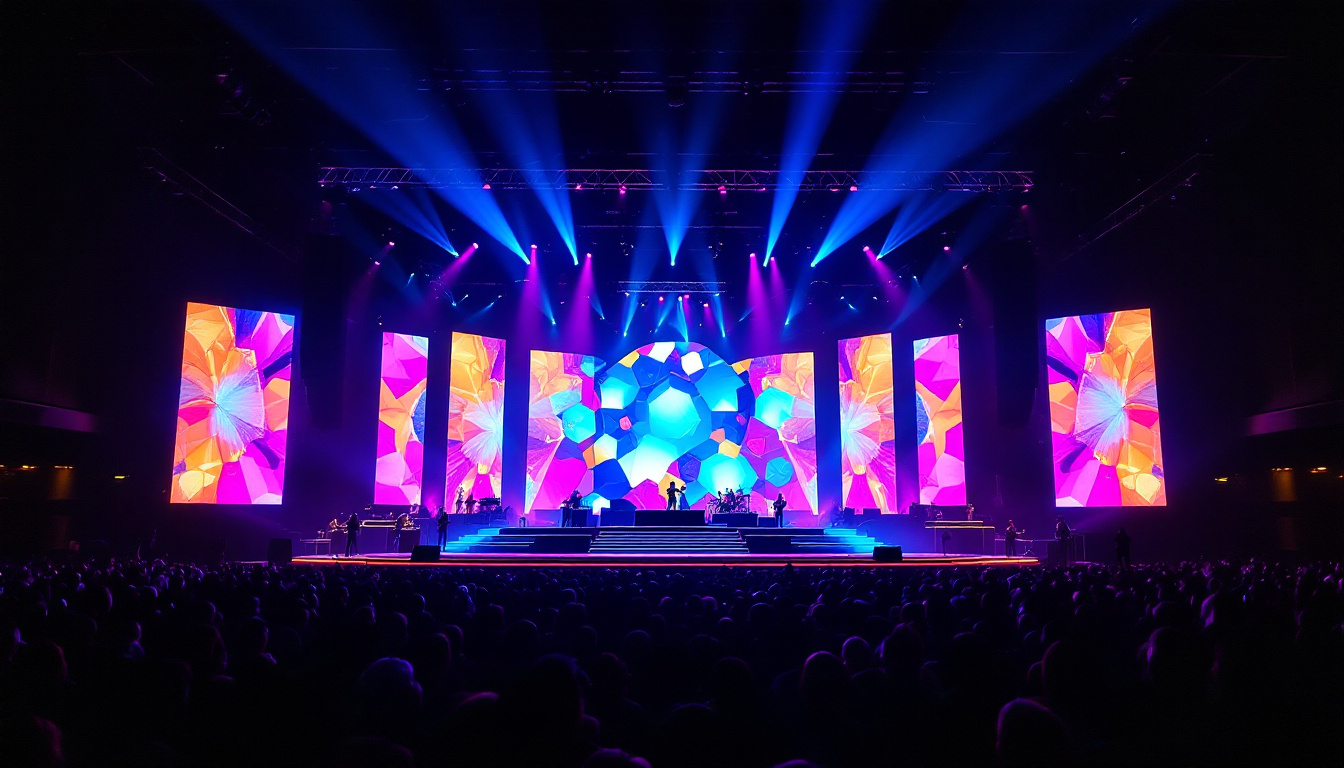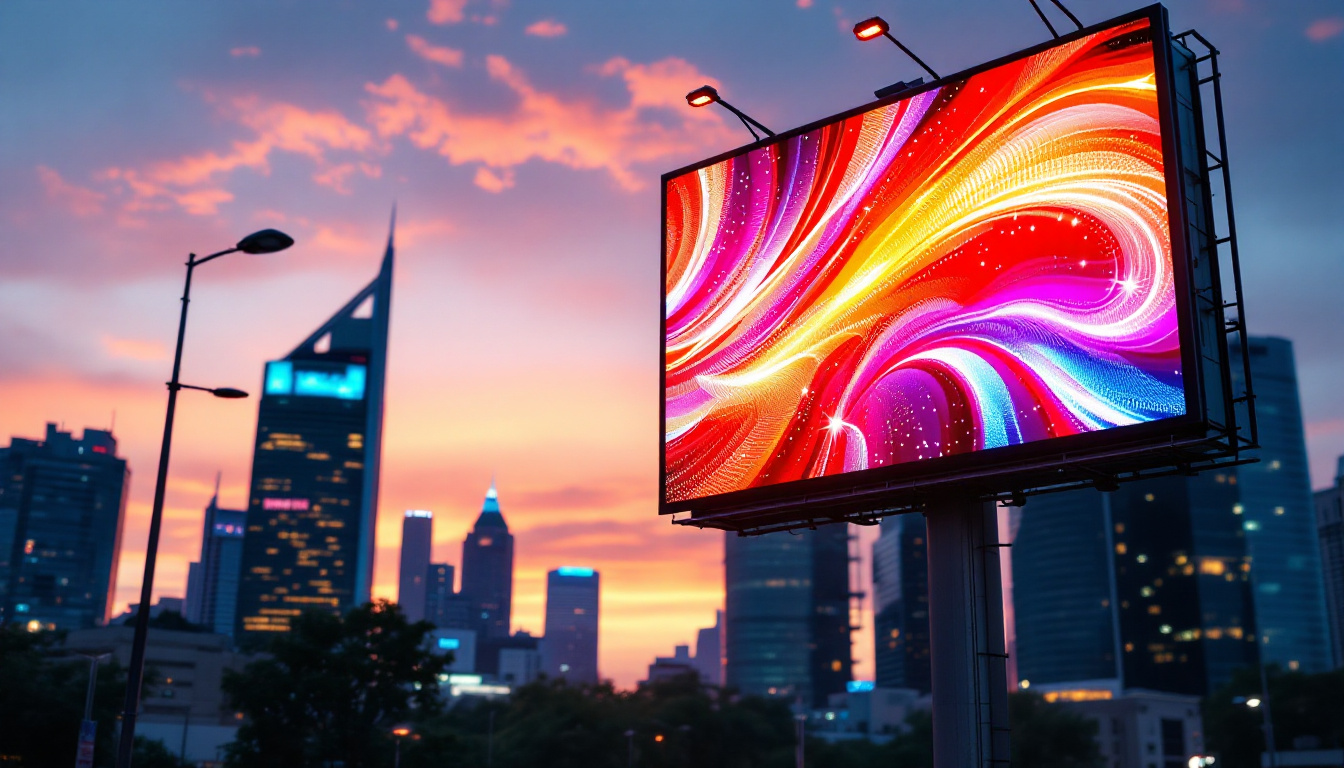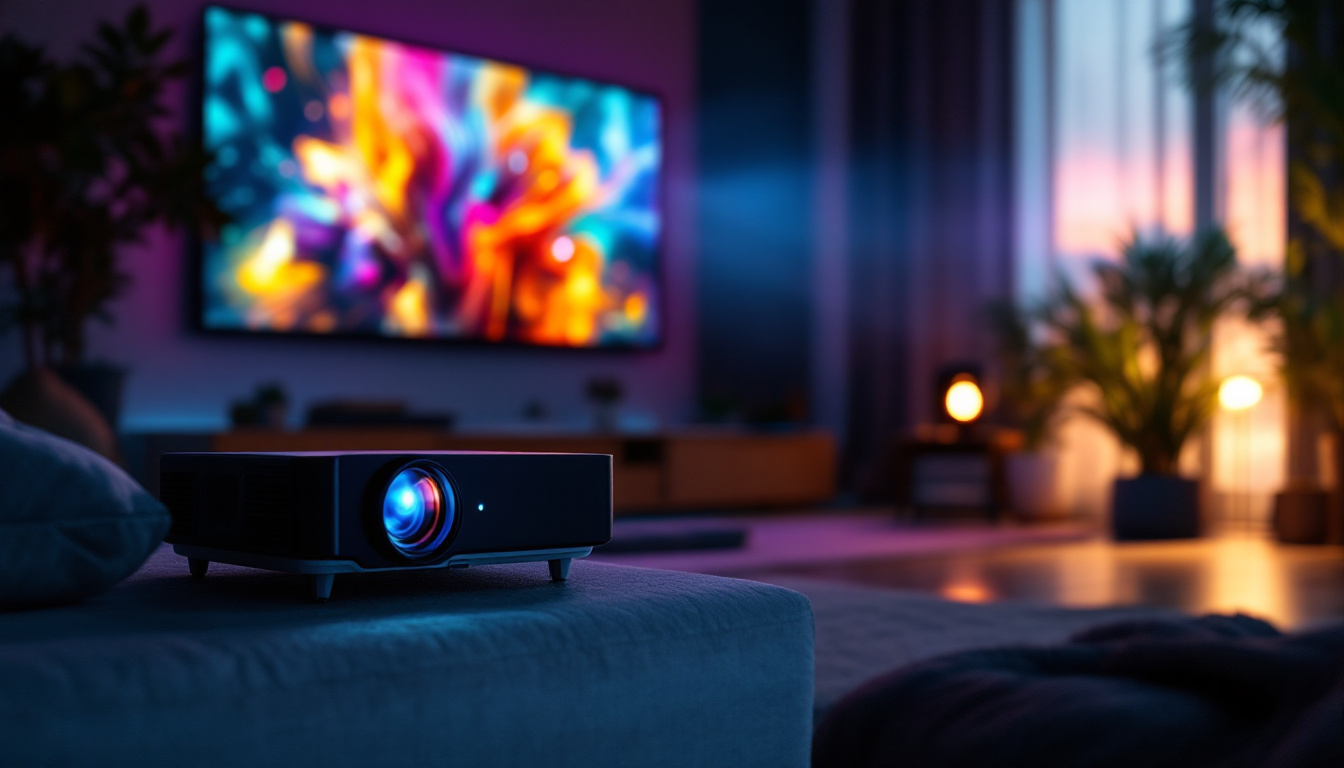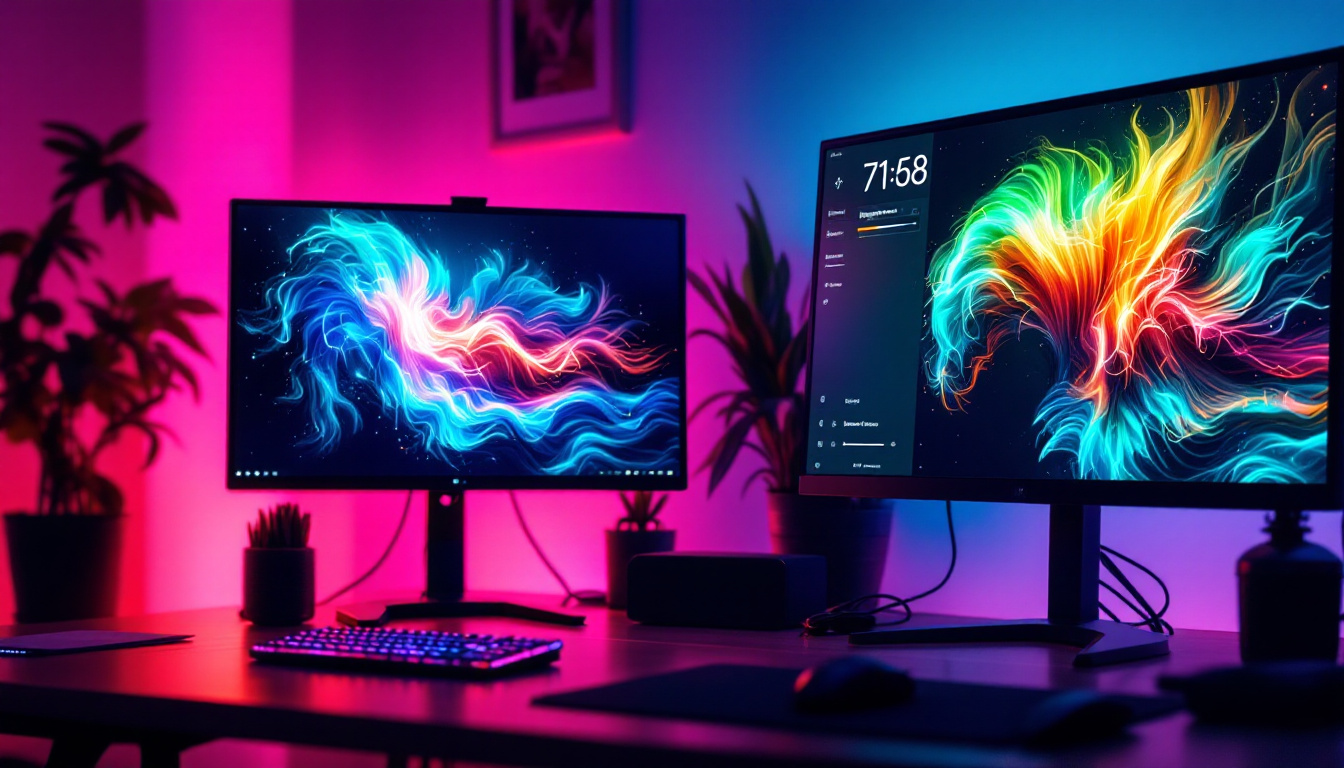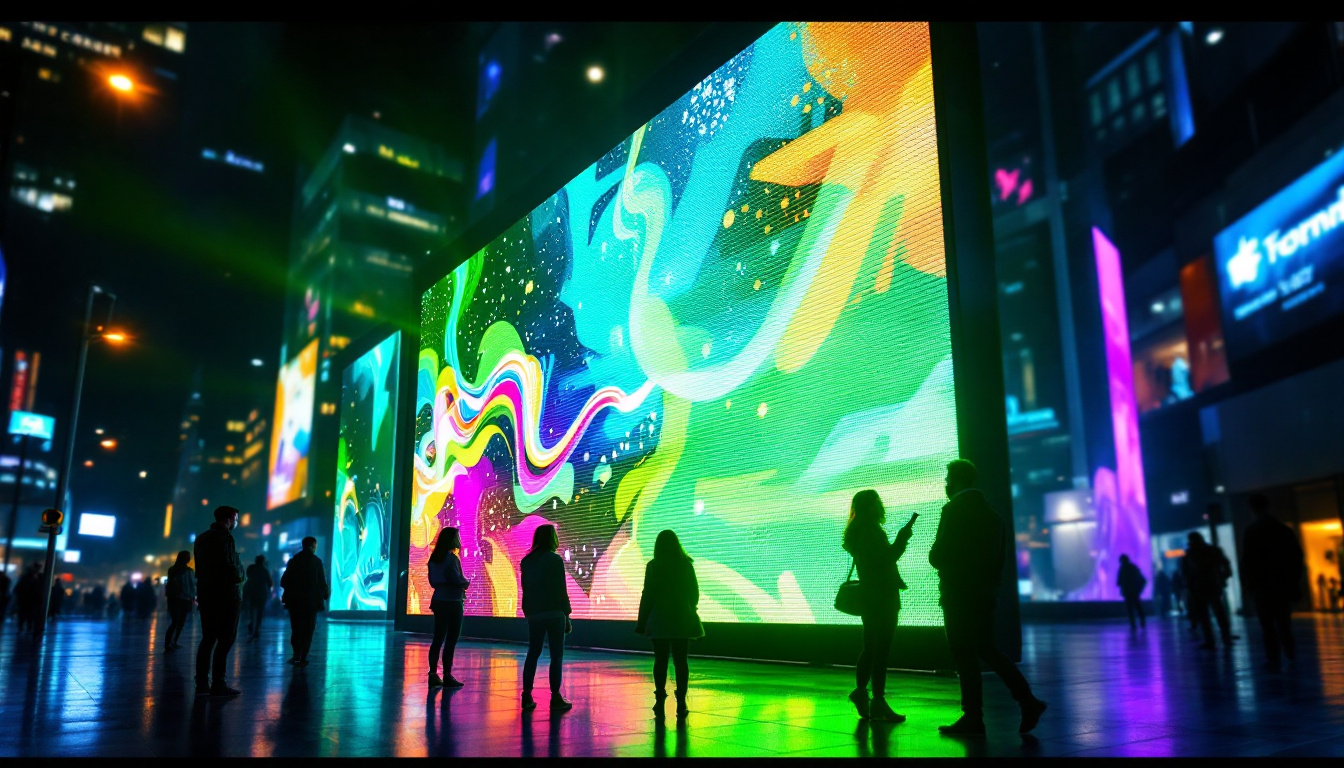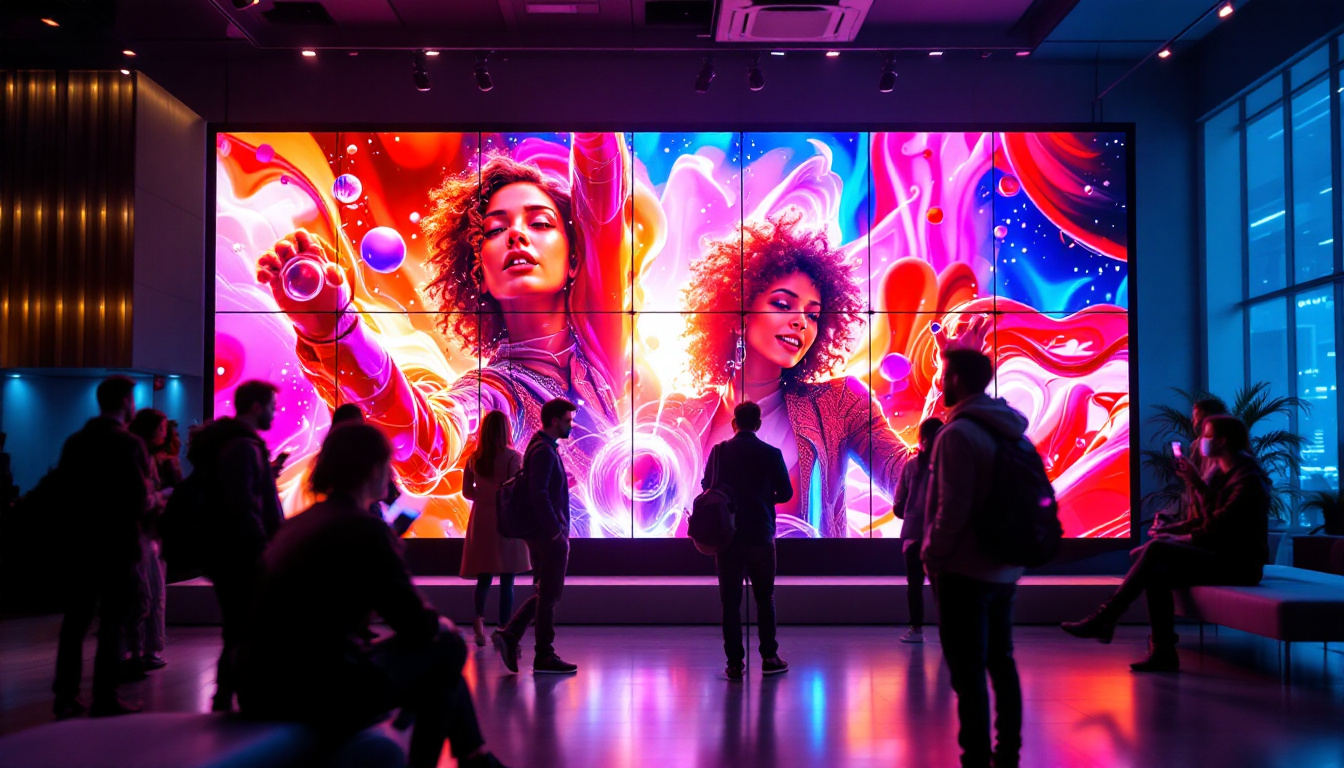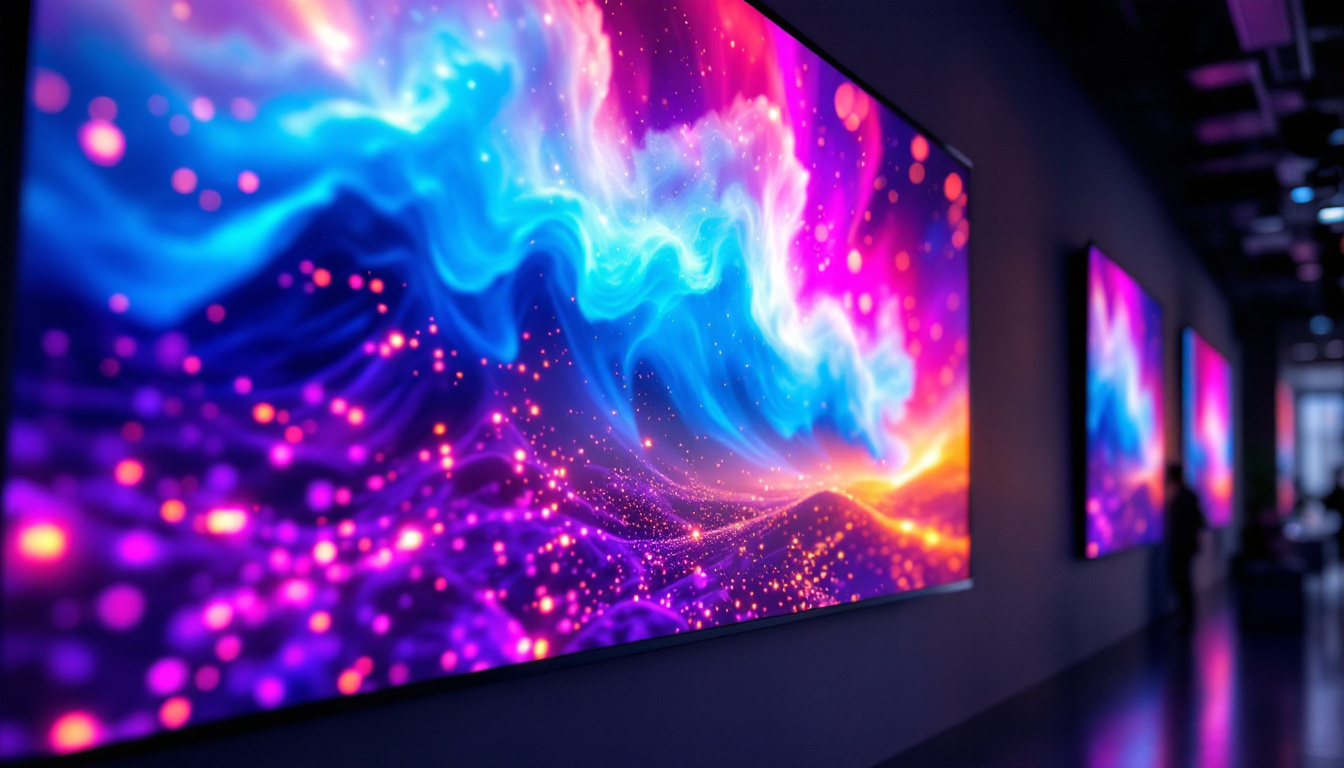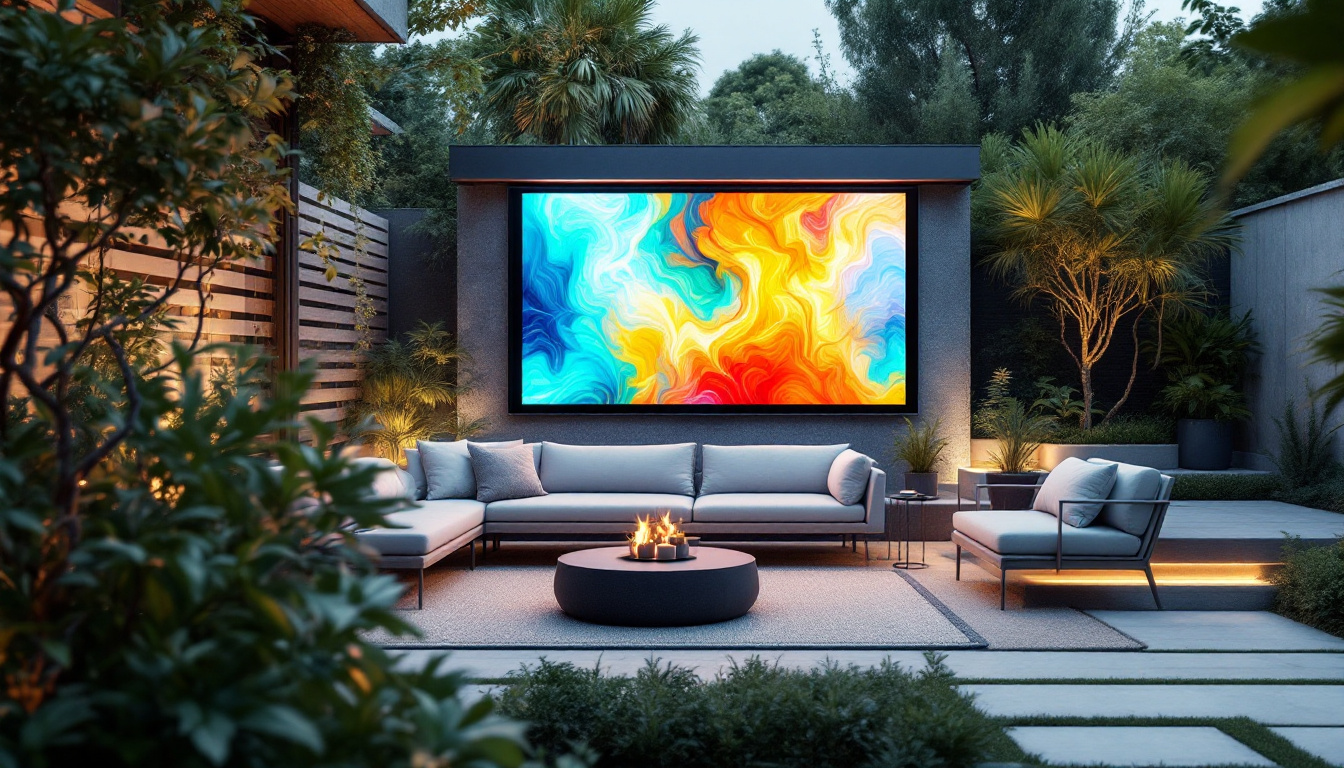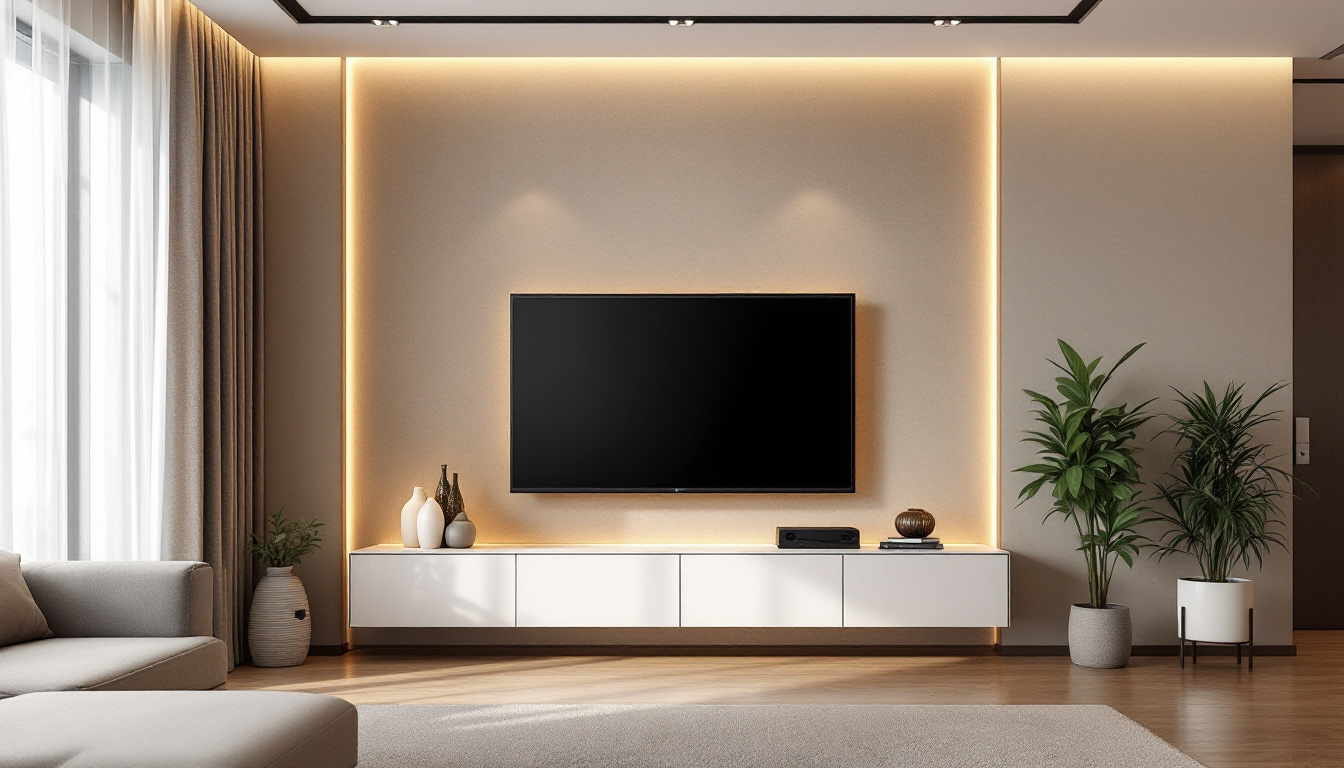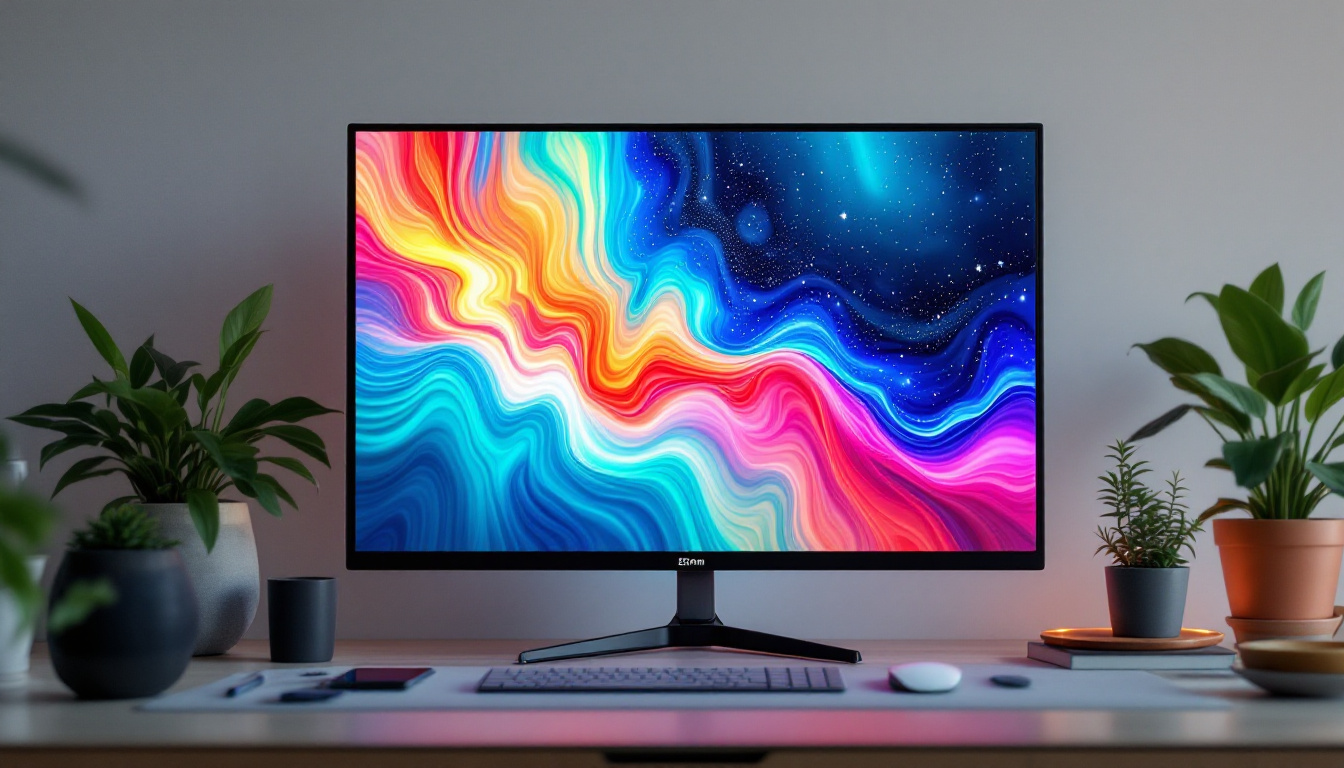World’s Biggest Screen: LED Display Explained
The world of digital displays has evolved dramatically over the past few decades, with LED technology leading the charge. Among the most impressive feats of this technology is the creation of the world’s biggest screen. This article delves into the intricacies of LED displays, their applications, and what makes them a marvel of modern engineering.
Understanding LED Technology
Light Emitting Diodes (LEDs) are semiconductor devices that emit light when an electric current passes through them. This technology has transformed the way visual information is presented, making it possible to create large, vibrant screens that are both energy-efficient and versatile. The impact of LED technology extends beyond mere illumination; it has redefined how we interact with digital content in our daily lives, from smartphones to massive billboards in urban landscapes.
The Basics of LED Displays
At its core, an LED display consists of numerous tiny LEDs arranged in a grid. Each LED can be individually controlled to produce a specific color and brightness, allowing for the creation of stunning visuals. The combination of red, green, and blue (RGB) LEDs enables the display to produce a wide spectrum of colors, making it ideal for everything from advertising to entertainment. This capability has led to the development of dynamic content that can change in real-time, engaging viewers in ways that static displays simply cannot.
LED displays can be categorized into two main types: direct view and rear projection. Direct view displays are the most common and are used in large outdoor screens, while rear projection displays are typically used in smaller, indoor settings. Each type has its advantages and is suited for different applications. For instance, direct view displays are often brighter and more visible in daylight, making them perfect for outdoor venues, while rear projection displays can offer better color accuracy and contrast in controlled lighting environments, such as conference rooms or home theaters.
The Evolution of LED Displays
The journey of LED technology began in the early 1960s with the invention of the first visible LED. Initially, these devices emitted only red light and were limited to simple applications. However, advancements in technology have led to the development of full-color LED displays, which have revolutionized the advertising and entertainment industries. Today, we see LED technology integrated into everything from digital signage to large-scale art installations, showcasing its versatility and adaptability.
As technology progressed, the size and resolution of LED displays have increased significantly. The introduction of high-definition (HD) and ultra-high-definition (UHD) displays has allowed for clearer, more detailed visuals, making them suitable for a wider range of applications. Furthermore, innovations such as flexible LED panels and transparent displays are pushing the boundaries of design, enabling creative solutions for architects and designers who wish to incorporate digital elements into their projects. The ongoing research into organic LEDs (OLEDs) also promises to enhance display technology further, offering even more vibrant colors and improved energy efficiency.
The World’s Biggest LED Screen
As of now, the title of the world’s biggest LED screen belongs to the display located in the Las Vegas Convention Center. Spanning an impressive 1.2 million square feet, this colossal screen is a testament to the capabilities of modern LED technology.
Key Features of the Las Vegas Screen
This massive display features a resolution that exceeds 8K, providing stunning clarity and detail. It is designed to showcase a variety of content, from advertisements to live events, making it a versatile tool for businesses and event organizers alike. The screen’s ability to display dynamic content in real-time allows for an engaging experience for viewers.
Additionally, the screen is equipped with advanced technologies such as high dynamic range (HDR) and wide color gamut (WCG), which enhance the visual experience by providing more vivid colors and better contrast. This level of detail is crucial for capturing the attention of passersby in a bustling environment like Las Vegas. The screen is also designed to be energy-efficient, utilizing state-of-the-art LED technology that minimizes power consumption while maximizing brightness and visibility, ensuring that it stands out even in the bright Nevada sun.
Applications of the World’s Biggest Screen
The applications of such a massive LED display are virtually limitless. It serves as a powerful advertising platform, allowing brands to reach a vast audience in one of the most visited cities in the world. The screen can be used to promote events, products, or services, making it a valuable asset for businesses looking to increase their visibility.
Moreover, the screen is also utilized for entertainment purposes. Concerts, sporting events, and public gatherings can benefit from the immersive experience that such a large display provides. The ability to broadcast live events in real-time enhances audience engagement and creates a shared experience among viewers. Beyond commercial use, the screen has also been employed for social causes, displaying messages of community support and awareness campaigns, thus becoming a platform for civic engagement. This multifaceted use not only enriches the cultural fabric of Las Vegas but also reinforces the screen’s role as a landmark in the city, drawing in tourists and locals alike to witness its grandeur.
Advantages of LED Displays
LED displays offer numerous advantages over traditional display technologies, making them the preferred choice for many applications. Here are some of the key benefits:
Energy Efficiency
One of the most significant advantages of LED technology is its energy efficiency. LED displays consume significantly less power compared to older technologies like LCD or plasma. This not only reduces operating costs but also minimizes the environmental impact, making LED displays a more sustainable choice.
Furthermore, advancements in LED technology continue to enhance energy efficiency, with newer models consuming even less power while delivering superior performance. This is particularly important for large-scale displays that operate continuously, such as those found in public spaces.
Brightness and Visibility
LED displays are known for their exceptional brightness, which makes them easily visible even in direct sunlight. This characteristic is crucial for outdoor displays, where competing with natural light can be a challenge. The high brightness levels ensure that content remains clear and legible, regardless of the lighting conditions.
Additionally, LED displays maintain their visibility from wide viewing angles, allowing a larger audience to enjoy the content without distortion or loss of quality. This is particularly beneficial for large events or public gatherings where viewers may be positioned at various distances from the screen.
Challenges and Considerations
While LED displays offer numerous advantages, there are also challenges and considerations that must be addressed when implementing this technology.
Cost of Installation
The initial cost of installing a large LED display can be significant. The price of high-quality LED panels, along with the necessary infrastructure and installation services, can add up quickly. However, it is essential to consider the long-term benefits and savings that come from energy efficiency and reduced maintenance costs.
Investing in a high-quality LED display can yield substantial returns over time, as the increased visibility and engagement can lead to higher sales and brand recognition. Businesses must weigh the initial investment against the potential long-term gains when considering an LED display.
Maintenance Requirements
LED displays, while generally durable, do require regular maintenance to ensure optimal performance. Dust, dirt, and environmental factors can affect the display’s brightness and clarity over time. Regular cleaning and inspections are necessary to maintain the screen’s quality and longevity.
Moreover, as with any technology, there is a possibility of component failure. Having a reliable maintenance plan in place is crucial to address any issues promptly and minimize downtime. This is particularly important for large displays that serve high-traffic areas.
The Future of LED Displays
The future of LED display technology looks promising, with continuous advancements paving the way for even more innovative applications. As technology evolves, the potential for larger, more versatile displays will only increase.
Emerging Trends in Display Technology
One of the most exciting trends is the development of flexible LED displays. These displays can be bent and shaped to fit various surfaces, opening up new possibilities for creative installations. This technology allows for unique designs and applications that were previously unimaginable.
Additionally, advancements in pixel density are leading to even higher resolution displays. As the demand for ultra-high-definition content grows, manufacturers are focusing on creating displays that can deliver unparalleled clarity and detail. This will enhance the viewing experience across various industries, from entertainment to education.
Integration with Smart Technology
The integration of LED displays with smart technology is another trend to watch. With the rise of the Internet of Things (IoT), LED displays can be connected to various devices and systems, allowing for real-time data integration and interactive content. This opens up new avenues for engagement and personalization, making displays more relevant to viewers.
For example, smart LED displays can adapt their content based on audience demographics or environmental conditions, providing a tailored experience that enhances viewer engagement. This level of interactivity is becoming increasingly important in a world where consumers expect personalized experiences.
Conclusion
The world’s biggest LED screen is more than just a technological marvel; it represents the pinnacle of display technology and its potential to transform the way information is shared and experienced. As LED technology continues to evolve, the possibilities for larger, more interactive displays will only expand.
From advertising to entertainment, LED displays are becoming an integral part of our visual landscape. As businesses and organizations seek innovative ways to engage their audiences, the importance of high-quality, versatile displays will only grow. The future of LED technology is bright, and it promises to deliver even more exciting advancements in the years to come.
Illuminate Your Vision with LumenMatrix
As we embrace the future of LED technology and its boundless possibilities, LumenMatrix stands at the forefront of innovation, ready to bring your vision to life. Whether you’re looking to enhance brand visibility with an Outdoor LED Wall Display, captivate fans with a dynamic LED Sports Display, or create a unique atmosphere with a Custom LED Display, LumenMatrix has the solution. Experience the pinnacle of visual communication with our cutting-edge LED display modules. Check out LumenMatrix LED Display Solutions and take the first step towards transforming your space into a mesmerizing visual experience.

